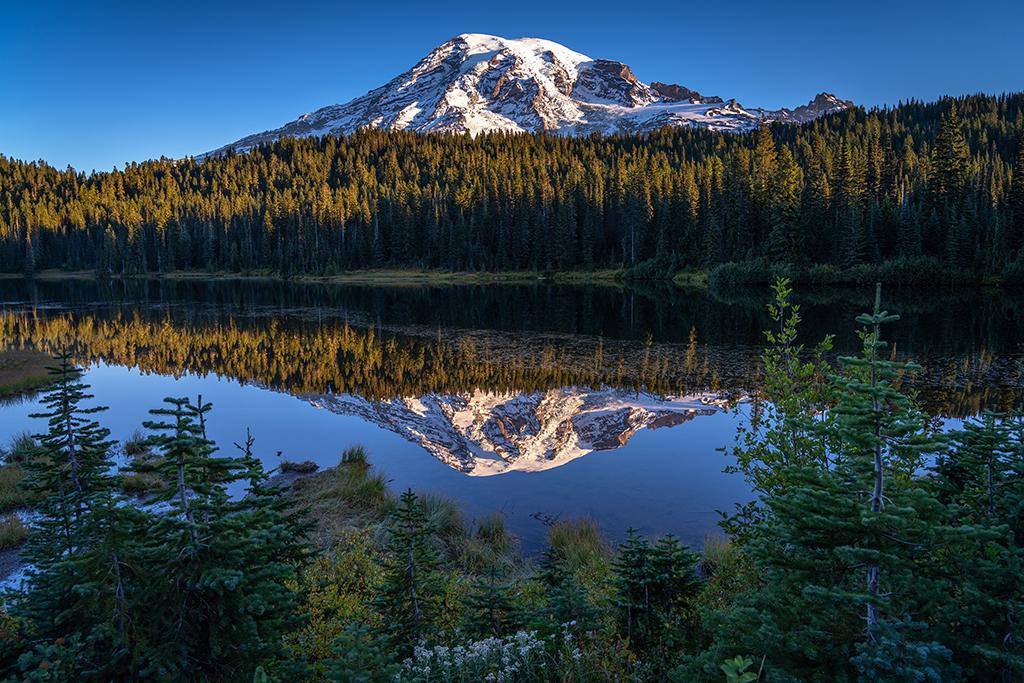
"The Mountain" and its mirror image at Reflection Lakes, Mount Rainier National Park / Rebecca Latson
Remember the National Parks Quiz and Trivia #17? The one with parks and protected lands supported by the Western National Parks Association? Ok, full disclosure: in addition to supporting 70+ parks, preserves and historic sites, the WNPA is a major supporter of the Traveler. Quiz #17 was a way of saying thanks as well as showcasing those protected lands supported by the WNPA.
After publishing that quiz, I figured I should really give equal time to other park association supporters of the Traveler, as a way of thanking *them* for their support and to highlight some of the protected lands these associations champion. So, this particular piece is about national parks supported by Washington’s National Park Fund. Can you guess which parks those might be?
Remember, see how much you really know about the national parks in Washington State before reviewing the answers at the bottom of this piece.
1. The mountain after which Mount Rainier National Park was named is considered to be a “living volcano.” There are three vital signs of a living volcano: the occurrence of earthquakes beneath and near it, the presence of mineral springs such as those you can see bubbling in the Longmire area of the park, and __
a) Vents that emit gasses and vapors
b) A cone-shaped summit
c) The presence of ice caves created from magma beneath Mount Rainier
d) Less than 200 years’ time between eruptions
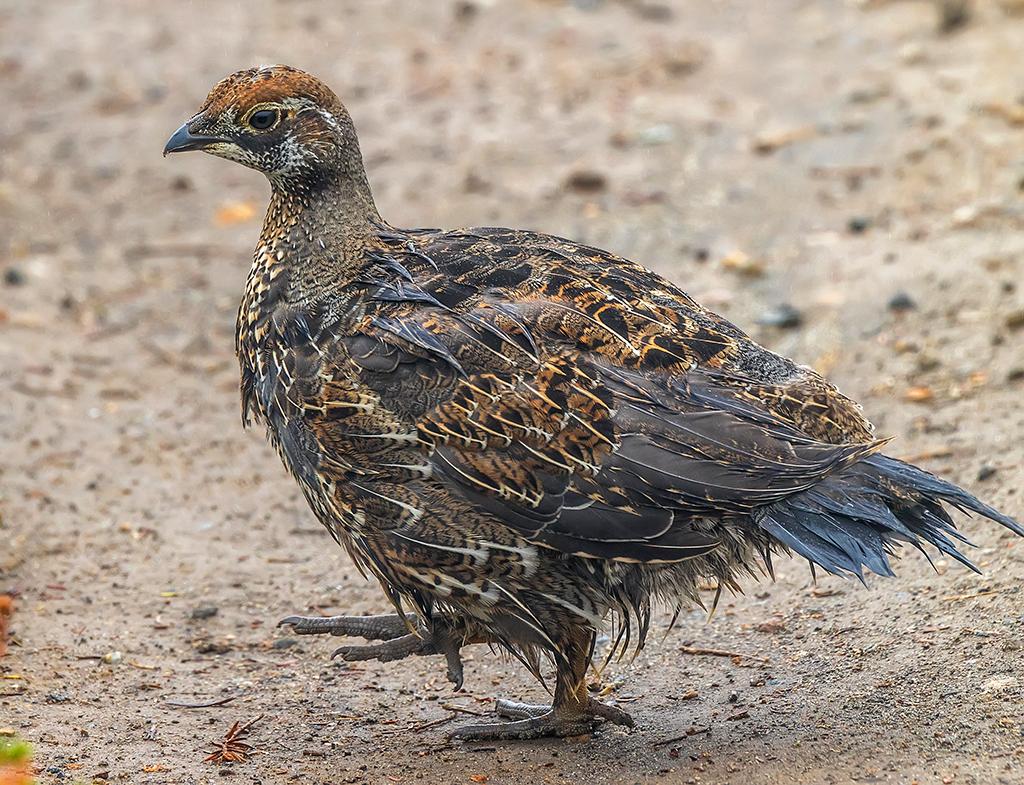
A blue grouse chick, Mount Rainier National Park / Rebecca Latson
2. If you are hiking around Mount Rainier (perhaps along the Wonderland Trail), you may, from time to time, hear a “whomping” sound. This odd sound is created by ground birds like the blue grouse, who beats his wings to cause a current of air beneath them that makes a noise. This “whomping” noise is called:
a) beating
b) drumming
c) flapping
d) raspberrying
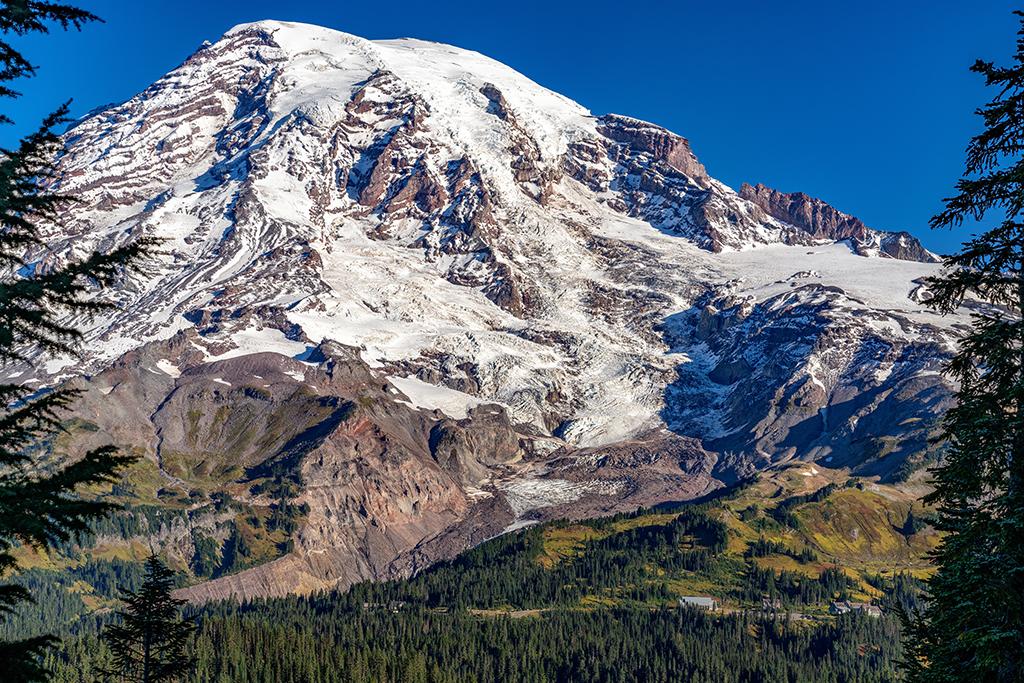
I spy with my little eye: the Paradise area from afar, Mount Rainier National Park / Rebecca Latson
3. True or False: the public was able to drive all the way to Mount Rainier’s Paradise by 1907.
a) True
b) False
4. What flower found in Mount Rainier National Park was named for Meriwether Lewis of the Lewis and Clark Expedition?
a) Glacier Lily
b) Marsh Marigold
c) Vanilla Leaf
d) Monkey Flower
5. True or False: The mountains of Olympic National Park are volcanoes, like many of the mountains comprising the Cascade Range.
a) True
b) False
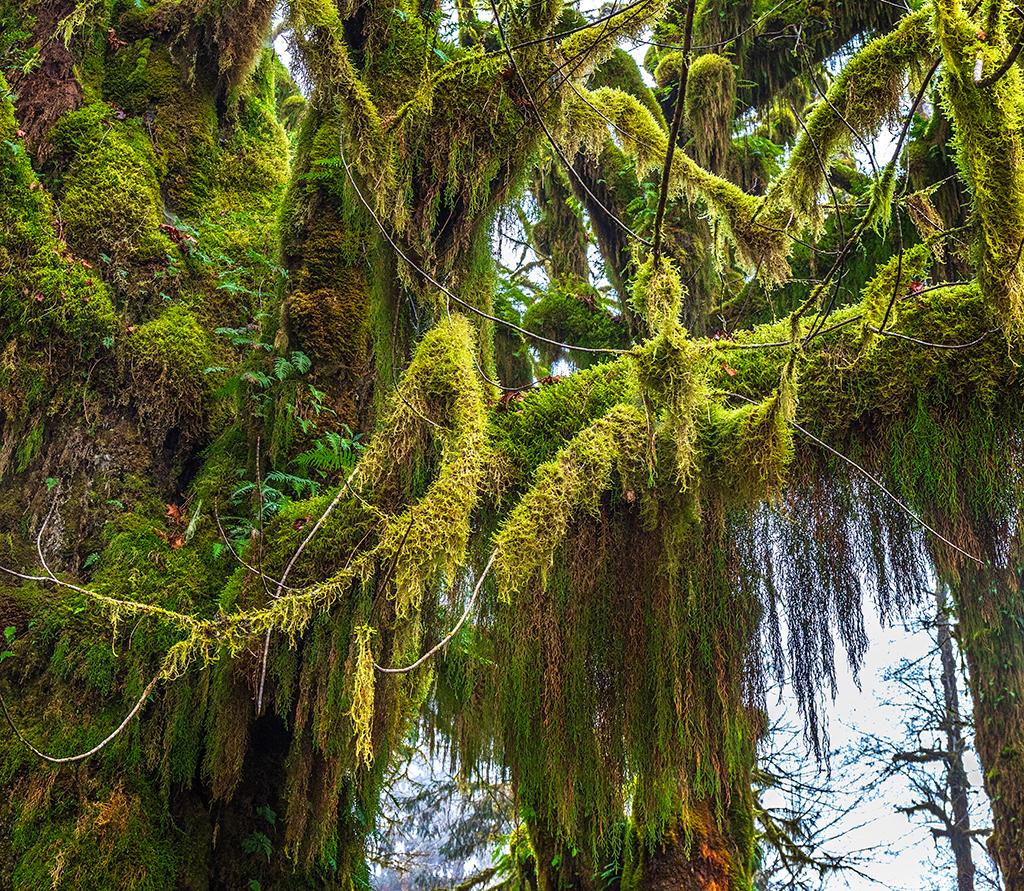
Green "drapery," Olympic National Park / Rebecca Latson
6. A stroll along Hall of Mosses Trail in Olympic National Park brings you into contact with hundreds of species of mosses, from stair-step moss to cattail moss to club mosses. True or False: Hanging high from tree limbs overhead, Old Man’s Beard and Witch’s Hair look like hanging mosses but really are not mosses at all.
a) True
b) False
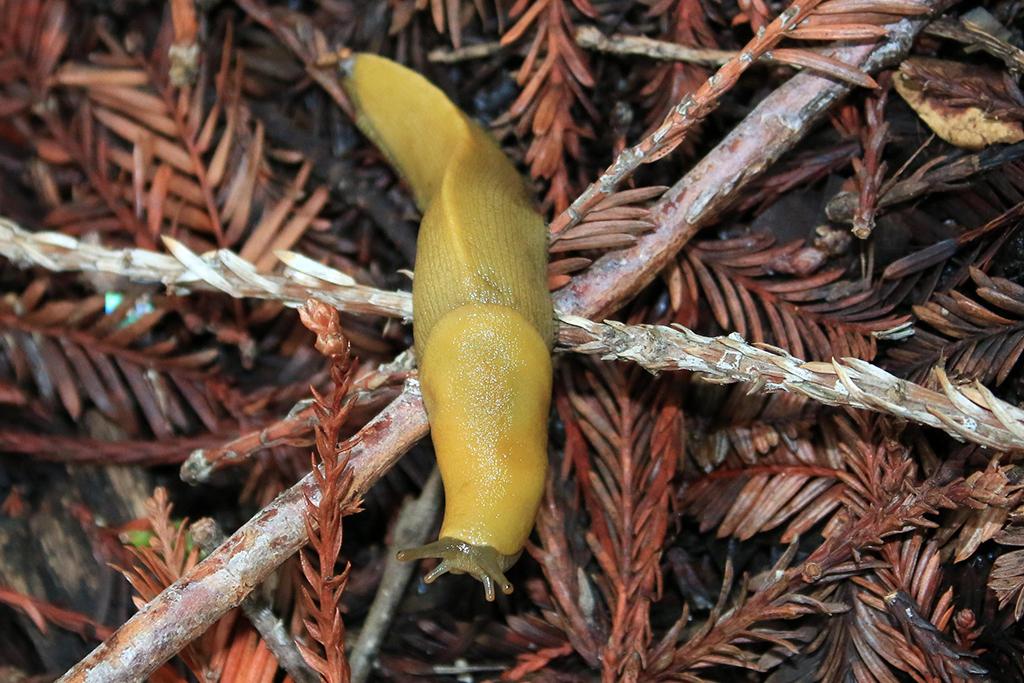
A banana slug / Edward Rooks
7. While hiking the trails of Olympic National Park, you might be lucky enough to come across a long, slimy, yellow creature known as the banana slug. True or False: Banana slugs are always yellow colored.
a) True
b) False
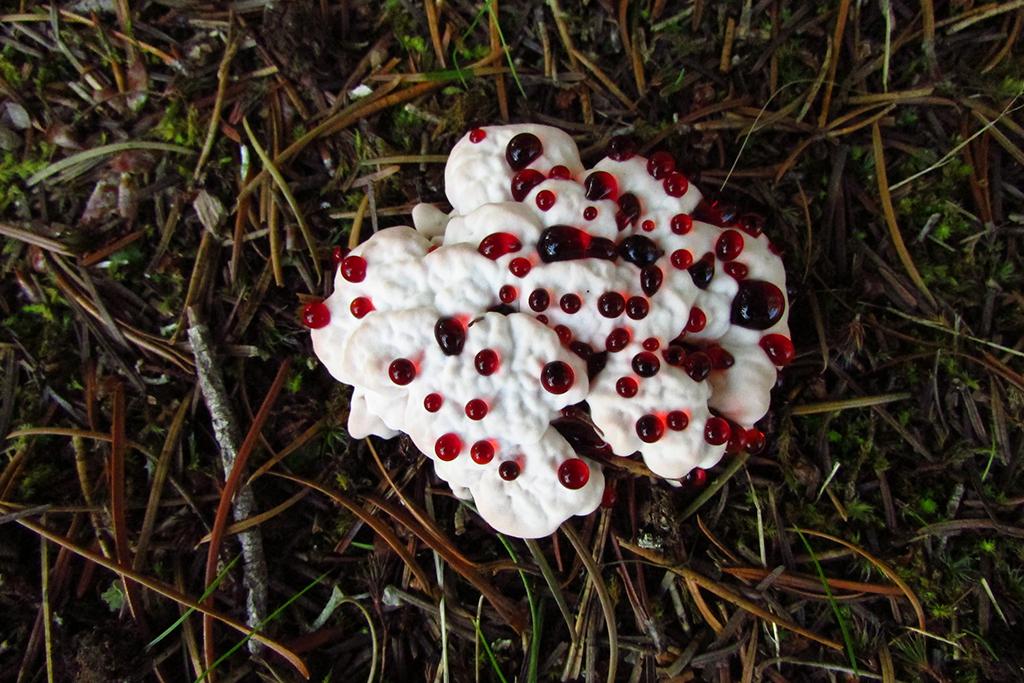
Bleeding tooth fungus, Olympic National Park / Peter Prehn
8. While hiking the trails of North Cascades National Park during the fall, you might encounter a strange "ghoulish" fungus that looks like it has droplets of blood on it. Aptly named “bleeding tooth fungus,” these deep red droplets are the product of:
a) Exudation
b) Transudation
c) Guttation
d) Seepage
9. How many bat species are considered to inhabit North Cascades National Park Service Complex?
a) 12
b) 16
c) 19
d) 22
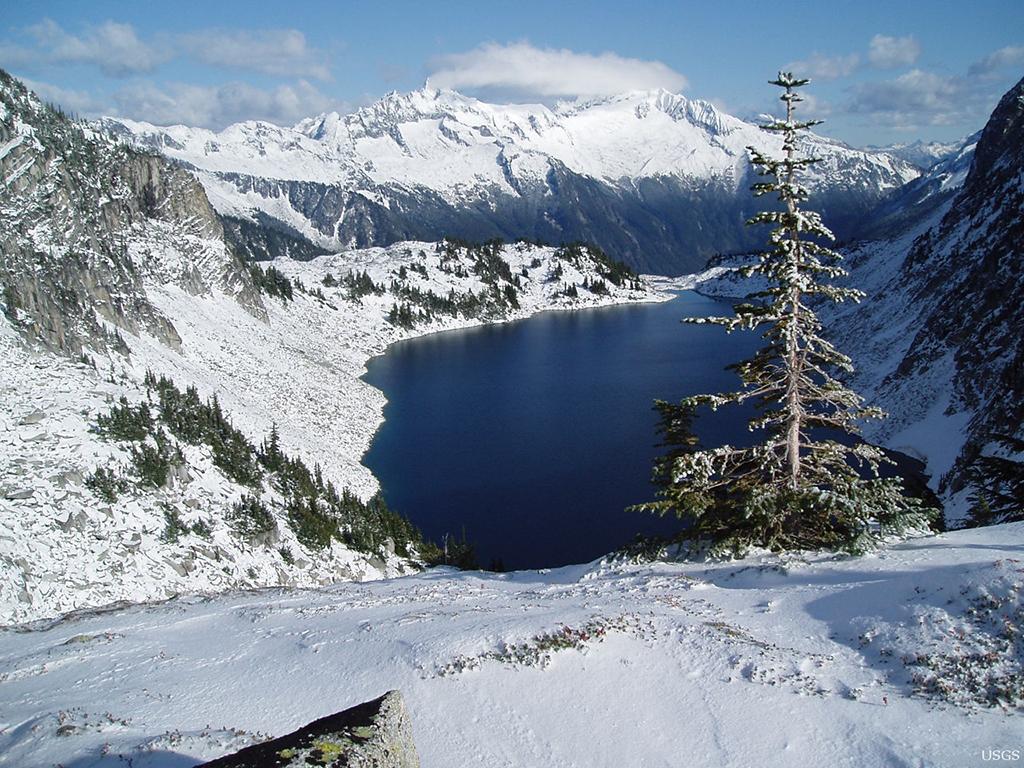
Hidden Lake, North Cascades National Park / USGS-Richard W. Sheibley III
10. True or False: The North Cascades has more glaciers than any other U.S. park outside of Alaska.
a) True
b) False
Trivia
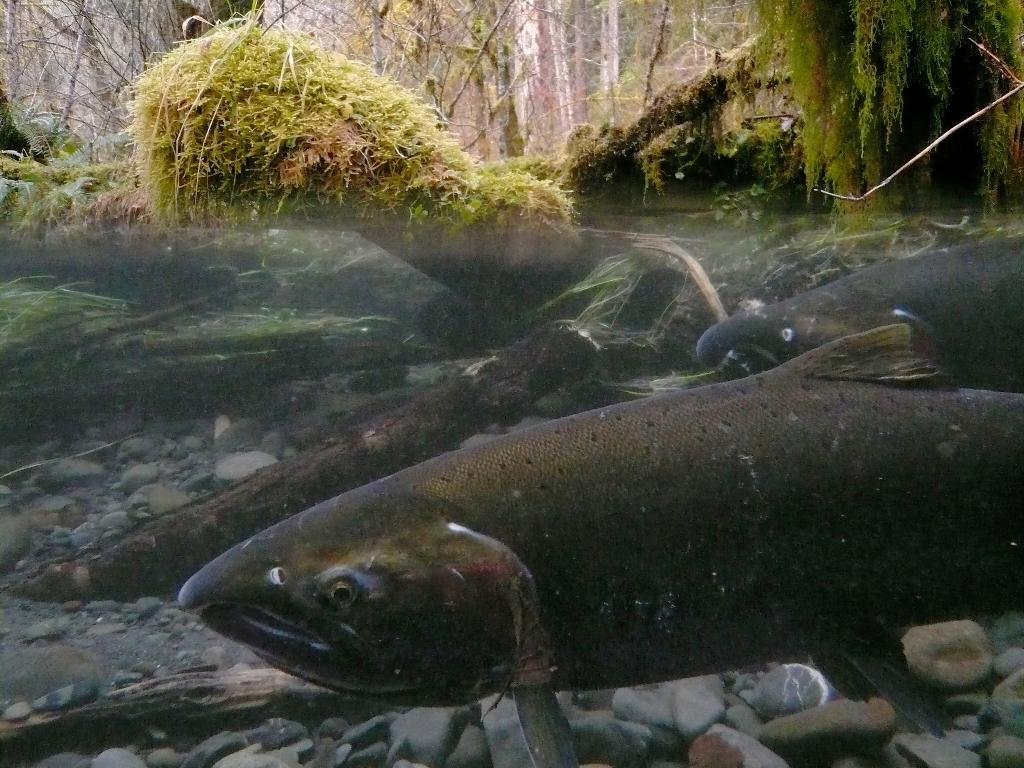
Coho salmon, Olympic National Park / NPS-Danielle Archuleta
How many of you follow Traveler on Instagram (@national_parks_traveler)? How many of you follow Washington’s National Park Fund on Instagram (@wanatlparkfund). The following bit of trivia was taken from a @wanatlparkfund Instagram post about salmon:
“Olympic National Park is a core stronghold for wild Pacific salmon and trout populations on the West Coast. The park protects 12 major watersheds, ~6,000 km of rivers and streams, 815 mountain lakes and 70 populations of Pacific salmonids.” Salmon are anadromous (that was a question in a previous Traveler quiz). This means they can swim and survive in both the salt water of the ocean and fresh water of rivers, streams, and lakes. The female salmon can lay thousands of eggs, but maybe only one egg will actually survive to adulthood and return to spawn. To learn more about the salmon life cycle, click here.
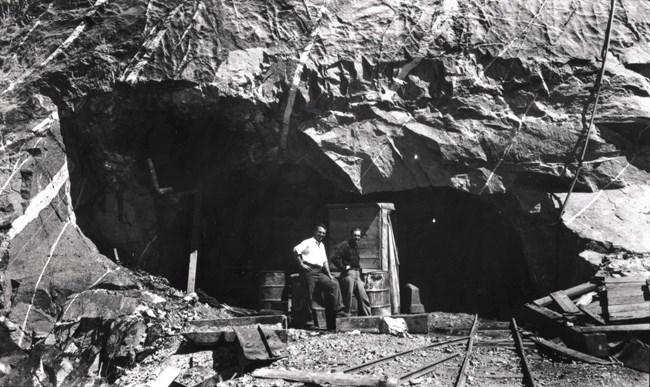
Black Warrior Mine, North Cascades National Park / National Park Service
There’s gold in them thar hills! “From the 1850s to the 1950s, gold and silver were periodically mined from the rugged wilderness peaks of the North Cascades.” Gold was discovered along Ruby Creek in the late 1870s, but that petered out and “the rush was over by 1880 … Over the next few decades, miners turned their attention to other minerals, primarily silver and lead, located higher in the mountains.” To learn more about miners and mining in the North Cascades Complex, click here.
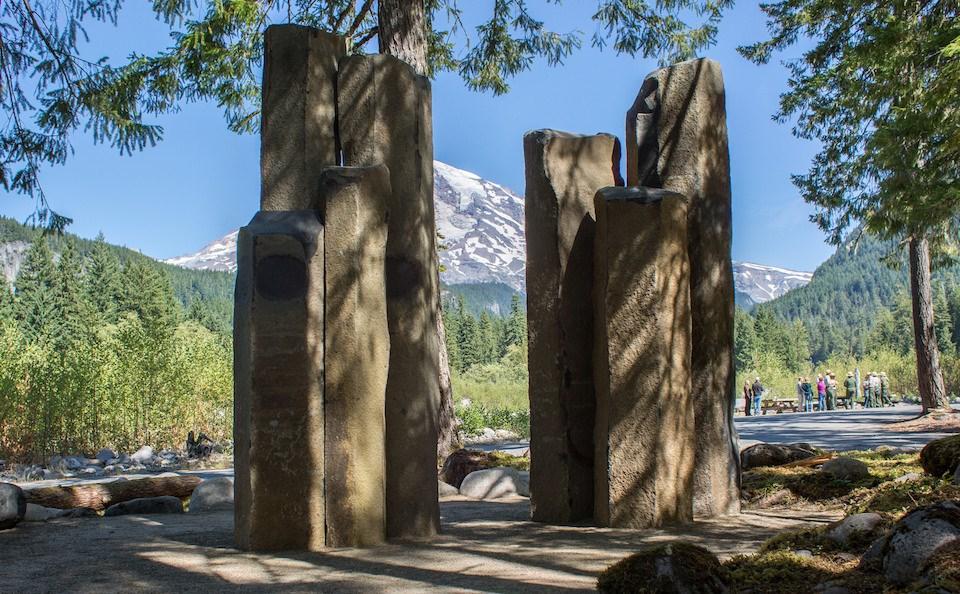
The Valor Memorial, Mount Rainier National Park / National Park Service
Have you ever heard of or visited the Mount Rainier National Park Valor Memorial? Built to honor the employees and volunteers who lost their lives while saving others, it consists of seven basalt columns “placed in a natural configuration, with a single entrance column,” and is located in the historic Longmire Campground, adjacent to the Longmire Community Building. To read more about this memorial, click here.
Quiz Answers
1a
“Emissions from these vents, called fumaroles, signal geothermal activity in the magma chambers deep within the volcano’s interior.”
2b
While flapping wings do create the whomping noise, the term for this is called “drumming,” and male grouse may do this to protect his territory and/or find and attract a mate.
3b False
The Nisqually-to-Longmire section of the park road was opened to autos in 1907. It wasn’t until 1915 that people could drive their cars all the way up to Paradise.
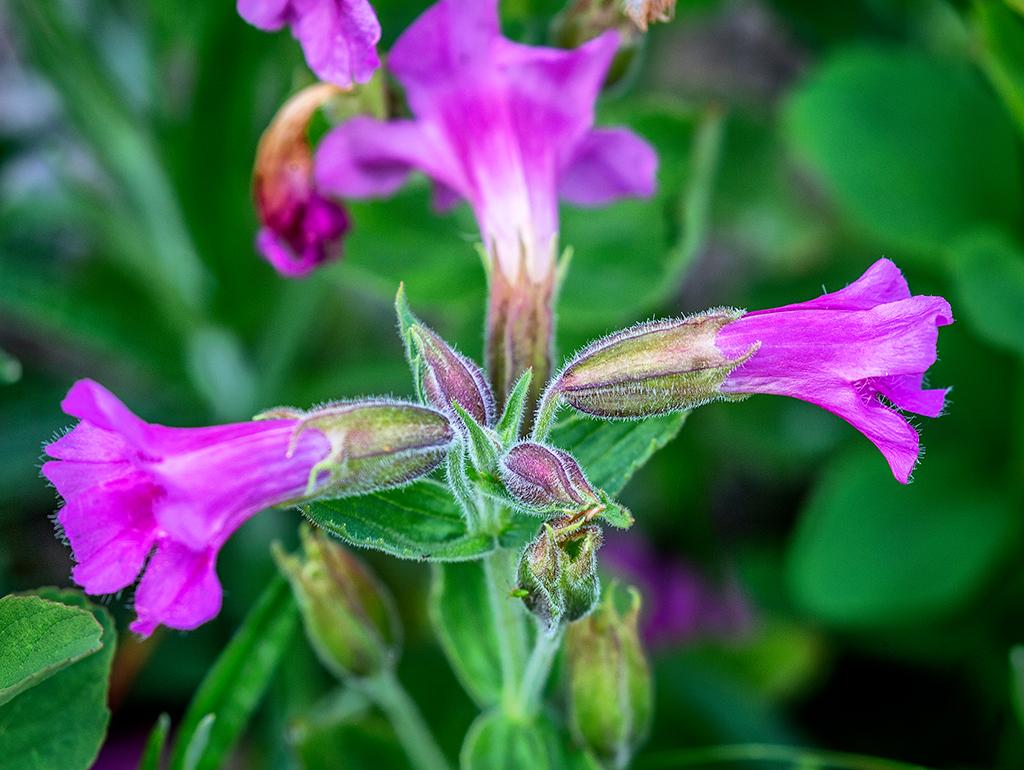
Lewis Monkey Flower, Mount Rainier National Park / Rebecca Latson
4d
Oh sure, right, the Monkey Flower was named for Meriwether Lewis. Was that guy’s middle name “Monkey?” I suppose you might think of this as a trick question. The Latin name for Monkey Flower is Mimulus lewisii, and you’ll often see photos of this flower with the caption “Lewis Monkeyflower”.
5b False
Yes, many of the mountains within Olympic National Park are comprised of basalt, an igneous rock, but they are not volcanoes. Instead, they are “eroded remnants of a huge pile of basalt that accumulated millions of years ago on the seafloor” and then crumpled upward.
6a True
Both Old Man’s Beard and Witch’s Hair look like mosses but are actually lichens. Lichens are composed of fungi living in a symbiotic relationship with green algae or cyanobacteria. The fungus provides the structure while the algae provides the nutrition via photosynthesis. To read more about mosses, click here.
7b False
Banana slugs, for all that their colorful name that implies the color yellow, also appear with “mixtures of brown, black, white, and green. Many even have dark brown or black spots! These slugs have a smooth head and a smooth body. Many boast a distinct ridge that runs along the length of the back.” To learn more about slugs in this national park, click here.
8c
Actually, all of the choices mean roughly the same thing, but “guttation” is the name attributed to the process of the droplet creation on the bleeding tooth fungus. Guttation occurs when the soil surrounding the fungus gets super saturated, forcing water droplets through the fungus root system and out onto the fungus surface. The red comes from pigments found within the fungus, itself.
9a
Twelve bat species (eight confirmed and four additional possible) are considered to inhabit North Cascades National Park Service Complex. To read more about bats in this park, click here.
10a True
Don’t get this confused with Mount Rainier, which is the most glaciated peak in the Lower 48. “Boasting over 300 glaciers and countless snowfields, the North Cascades National Park Service Complex is one of the snowiest places on earth and the most heavily glaciated area in the United States outside of Alaska.” To learn more about glaciers, click here.
References
Jeff Antonelis-Lapp, Tahoma and its People, Washington State University Press, 2020
Tim McNulty, Olympic National Park, A Natural History, University of Washington Press, 2018
Tami Asars, Hiking the Wonderland Trail, The Mountaineers Books, 2012
Stephen R. Whitney & Rob Sandelin, Field Guide to the Cascades & Olympics, The Mountaineers Books, 2003
George Wuerthner, Mount Rainier: A Visitor’s Companion, Stackpole Books, 2000
https://play.howstuffworks.com/quiz/north-cascades-national-park-quiz
https://www.nps.gov/olym/planyourvisit/upload/geology_printer-friendly.pdf
https://www.nps.gov/noca/learn/nature/rivers.htm
https://pnsn.org/blog/2016/08/15/why-aren-t-there-any-volcanoes-in-the-olympic-mountains
https://www.nps.gov/noca/learn/nature/upload/NOCA_Bats_NPSpecies_Report_...



Add comment